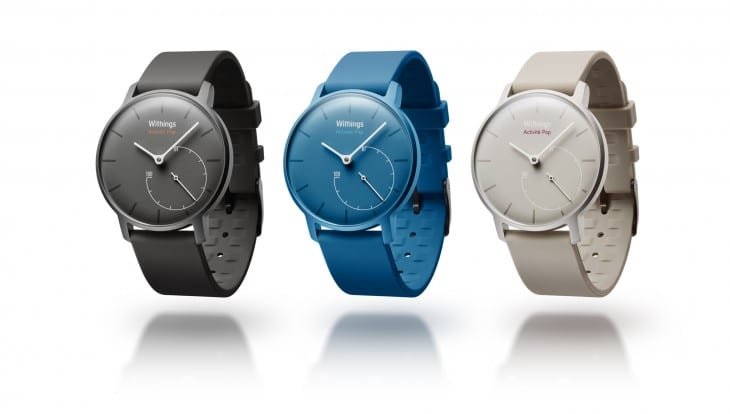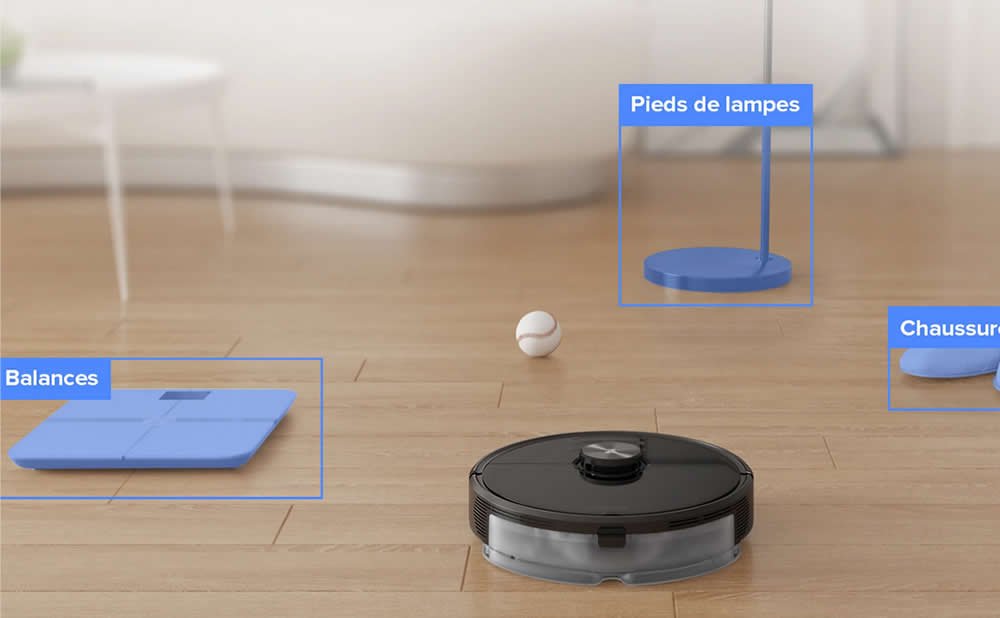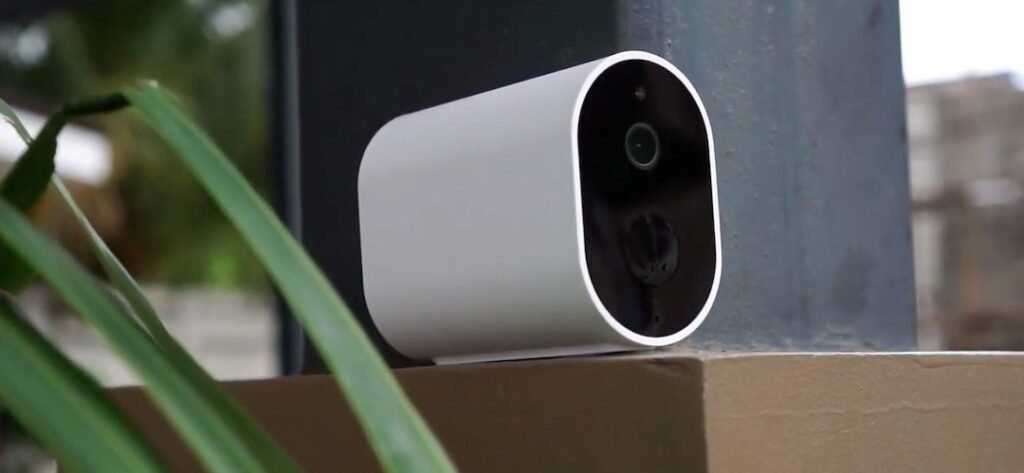After the success of the Elite 65t, Jabra continues to ride the wave of true wireless with a brand new model: the Elite 75t. Will this more compact and more enduring version finally be among the very best? Not so sure…Jabra Elite 75t review to discover more.
Presentation
The true wireless market is booming, references are multiplying and manufacturers are rapidly renewing their catalog. Jabra therefore follows this trend by bringing a successor to the very good Elite 65t, only a year and a half after their marketing.
Here comes the Elite 75t, a model which largely takes up the foundations laid by the Elite 65t with nevertheless three big innovations: a redesigned design for the case and the headphones, a range revised upwards with 7 h 30 min per charge and integration of a USB-C port.
The Elite 75t have been tested in firmware version 1.24.0 with a Jabra Sound + application in version 3.7.1.1.1233.
Ergonomics
The Danish company was one of the first to embark on true wireless in 2017. A long way has been covered since the imposing Elite Sport. The Elite 75t show compactness while maintaining a very good manufacturing quality. A few assembly marks are visible if you look closely at the headphones, but nothing that compromises their robustness. The set is IP55 certified, enough to withstand sports sessions and rain. The charging and transport box also benefits from a facelift. It is a little flatter, more discreet in the pocket, and it now stands upright.
The Elite 75t case is much easier to open than the Elite 65t case. The headphones can be placed and removed without any harm.
The gain in compactness of the earphones mainly has a beneficial effect on the comfort experience. The Elite 65t, moreover comfortable, are not really suitable for small ears and give a fairly marked feeling of pressure in the duct. The Elite 75t find their place more easily in the hollow of the roof and at the entrance of the ear canal. The feeling of pressure is now much more discreet. The intras are not completely forgotten either. Better to choose semi-intras for top comfort (Track Air + or AirPods Pro. Although we take the trouble to compare our wearing experience with several people to ensure the most objective judgment possible, remember that no intra- hearing aid is not perfectly universal in terms of comfort. Of the six people who had the opportunity to test them, one person reported a very marked feeling of presence in the hollow of the pavilion.
This model may be more compact, it does not sacrifice the support which remains very good. We can totally consider running with it.
Connectivity has not changed from the previous model. The Jabra 75t operate in master / slave system (the right earpiece being master) and connect to each other via NFMI (Near-field Magnetic Induction). The connection with the playback device is via Bluetooth 5.0 (SBC and AAC codecs supported), with the possibility of connecting two devices simultaneously (multipoint). The right headset can be used solo (mono). Nothing to report on the side of the pairing itself, everything is done very quickly and simply.
The Jabra Elite 75t are supplied with their charging / carrying case, a small USB-C to USB-A cable and three pairs of silicone tips of different sizes.
We always welcome the stability of the connection, with still very few micro-cuts observed during our test period. The range with the source device is correct. On the other hand, there is a notable decline in terms of communication latency. The Elite 75t are far more delayed than their predecessors. The management of the Bluetooth protocol is however very good, which leaves the bare minimum of comfort for watching videos on certain mobile applications (applying a certain compensation for delay by this connection mode such as Netflix, Prime Video, YouTube…). Apart from this particular use, it will be necessary to accommodate a delay of about 275 ms.


Impulse response measurement: communication latency in Bluetooth.
The arrival of the Elite 75t marks the end of the double button on the left ear. From now on, the volume control is done using two headphones (lower the volume with the left one and increase the volume with the right one). The essential commands are also directly accessible: management of music playback, calls, navigation between tracks, activation of the voice assistant on the smartphone and activation or not of HearThrough mode (to listen to the environment without removing the headphones). The two buttons are located and operate without difficulty. Many audio and voice aids (multilingual) are there to guide the user.
The Jabra Sound + app (Android and iOS) is always there with lots of visual cues to help use intras. In addition, many additional features are available (5-band graphic EQ, HearThrough volume control, choice of whether or not to activate automatic pause when the centerpiece is removed, advanced options for calls, etc.). The application is very intuitive and fluid.
Autonomy is a leap forward compared to the previous model. The Elite 75t promises indeed 7 h 30 min of use with a single charge and the possibility of fully recharging the headphones a little more than twice (compared to 5 h with 2 recharges before). It is rather around 7 am in practice by charging the headphones. We are entitled to 2 full recharges with the box provided.

On the other hand, the pickups on the Elite 75t take a step back from the previous model. They do their job and deliver a capture of a correct quality in a quiet and noisy environment. We quickly confront their limits (muffled or masked voices, chewed syllables …) when we are in a very loud environment (street with a lot of traffic, metro or noisy bus …). To ensure good call quality and to ensure that the other party understands you perfectly, it is best to go directly to their smartphone.
Autonomy Jabra Elite 75t
One of the novelties is the improvement of autonomy. However, the brand displays 28 hours of autonomy, it is actually 7:30 in use. The 28 hours are obtained by recharging the earphones in their charging box.
Listening or call autonomy up to 7:30 a.m.
Autonomy increased to 10:30 p.m. with the box which provides 2 full recharges (so in total 3 x 7.5).
Automatic deactivation after 15 minutes without connection and 60 minutes without activity. You can adjust this parameter in the application.
The standby time is just surprising, your headphones will work 6 months after charging them.
Fast charging in 15 minutes saves 1 hour of use. Full charge requires 2 h 20 min with 500 mA USB wall charger.
Connectivity & applications
Bluetooth 5.0, ideal for continuously connecting your smartphone on iOS (iPhone) or Android. Allows you to pair up to eight devices. Thanks to the BT 5, two devices can be connected at the same time.
Wifi 802 11 ac in 2.4 G or 5 G for connection with other connected devices.
Press the buttons on both headphones for 1 second to turn on your device, then follow the voice instructions to pair it to your iOS or Android smartphone.
Audio
Without user intervention, the sound reproduction delivered by the Elite 75t is astonishing to say the least.

Frequency response measurement: without EQ (black), example of a custom EQ (green)
The Elite 65t had indeed laid a relatively solid foundation, although there was still room for improvement. With these Elite 75t, the manufacturer seems to have gone in a completely different direction. There is a huge imbalance in the first part of the spectrum with very exaggerated and imprecise bass extremes. The feeling of pressure and the impact of the bass are the only real things that we perceive. This drowns out any definition and significantly accelerates hearing fatigue. It is very difficult to dissociate certain elements correctly as this frequency band is invasive.

Measurement of membrane reactivity: square waves at 500 Hz.
The treatment reserved for the second part of the spectrum (mediums to higher frequencies) is much more pleasant. Here we have a really more precise and balanced sound rendering. The mediums are very well defined, the timbres are well respected. We still feel a certain coloration in the upper mids, pushing forward the sound presence, the harmonics of many sources and more generally the sharp aspect of the sound reproduction. The Elite 75t’s show a very nice extension in the treble: a point rare enough to be reported. They are particularly wide and airy, even if a touch of sweetness would not have been too much (the shine is sometimes a little too accentuated). The stereo scene is transcribed with a certain fidelity in terms of width. However, this is less the case in depth because of the omnipresence of low extremes and the mask effects caused. Some room effects (reverberation …) are discernible.

Measurement of the harmonic distortion rate (measurement standardized to 94 dB SPL, 1 kHz): without EQ (red), with example of EQ (green) – The distortion is fairly well controlled, if not a small tip in the treble perceptible at a generous listening volume. Softening this region with EQ will have a beneficial effect on this phenomenon.
Fortunately for the Elite 75t, the equalization possibilities offered by the application save them the day and allow them to win the fourth star very little. With the help of the latter, we manage to considerably reduce the imbalance between extreme low and low-midrange (without however eliminating it). By extension, the bass thus gain greatly in readability and definition. The impact from the extreme bass is still a little too pronounced (the margin of correction given by the application is limited), but you can finally enjoy your music in good conditions. If you find the mid-highs / trebles a little too sharp, don’t hesitate to soften them with EQ.

Noise reduction measurement: reference measurement without headphones (black), passive headphone isolation (gray) and HearThrough mode (orange). Jabra Elite 75t review
The Elite 75t have no active noise reduction functions. That said, their particularly effective passive isolation clearly cuts the user off from surrounding sounds (mid and high), even in noisy places. HearThrough mode does its job well to get the user out of this bubble. The rendering is still lacking in naturalness (still frank focusing on the mediums, localization of certain sounds not always obvious), but we still understand correctly the alerts (sound or voice) and discussions nearby.
Price
CONCLUSION
The Elite 75t almost missed the walk. These replacements for the Elite 65t are certainly a little more comfortable, more enduring (7 hours of autonomy per charge) and still as pleasant to use, but the basic sound rendering is very unbalanced. However, the application’s EQ allows them to narrowly get the fourth star. This model must however face the Jabra Elite 65t and the B&O Play Beoplay E8, which we recommend to nomad music lovers looking for a model below $150 . There are also the Track Air +, launched at the same price, which appear as an alternative to very interesting semi-in-ear design.
 jabra.com
jabra.com



















